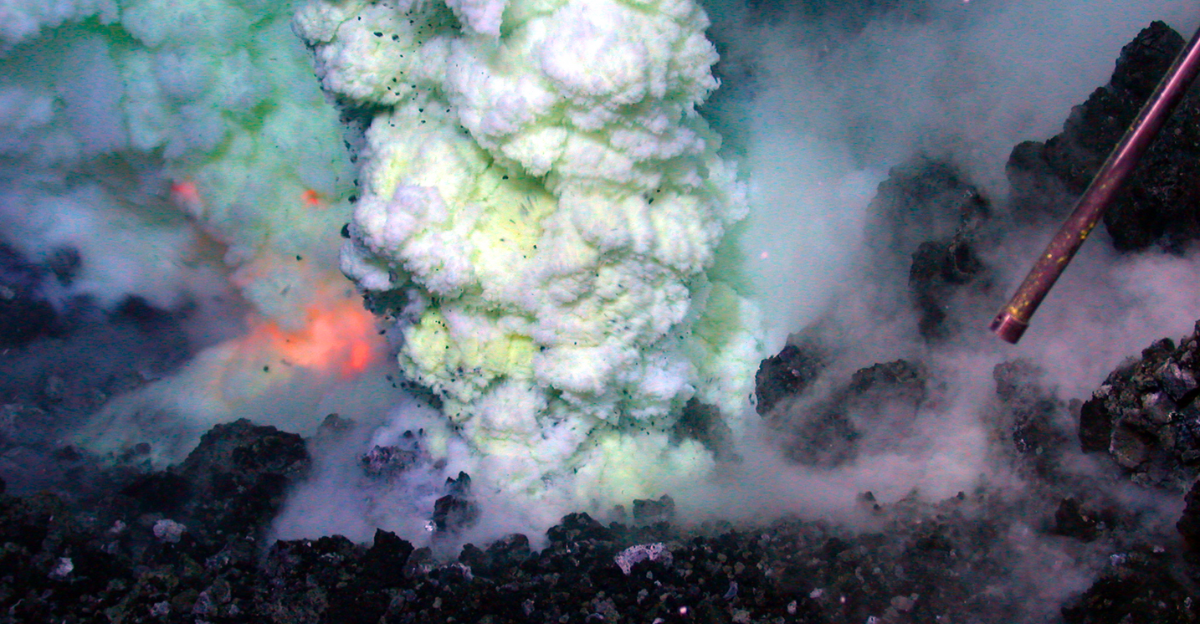
Scientists have made a remarkable discovery when they directly observed an active volcanic eruption along a mid-ocean ridge. This vast undersea mountain range encircles the globe and marks tectonic plate boundaries where new oceanic crust forms. This groundbreaking observation by researchers aboard the Alvin submersible in the Pacific Ocean shows us a glimpse into one of Earth’s most fundamental geological processes, where about 80% of volcanic activity occurs beneath the ocean surface.
Witnessing such an eruption allows scientists to study how new seafloors are created and better understand their effects on ocean chemistry, ecosystems, and microbial life.
The Mid-Ocean Ridge and Volcanic Activity
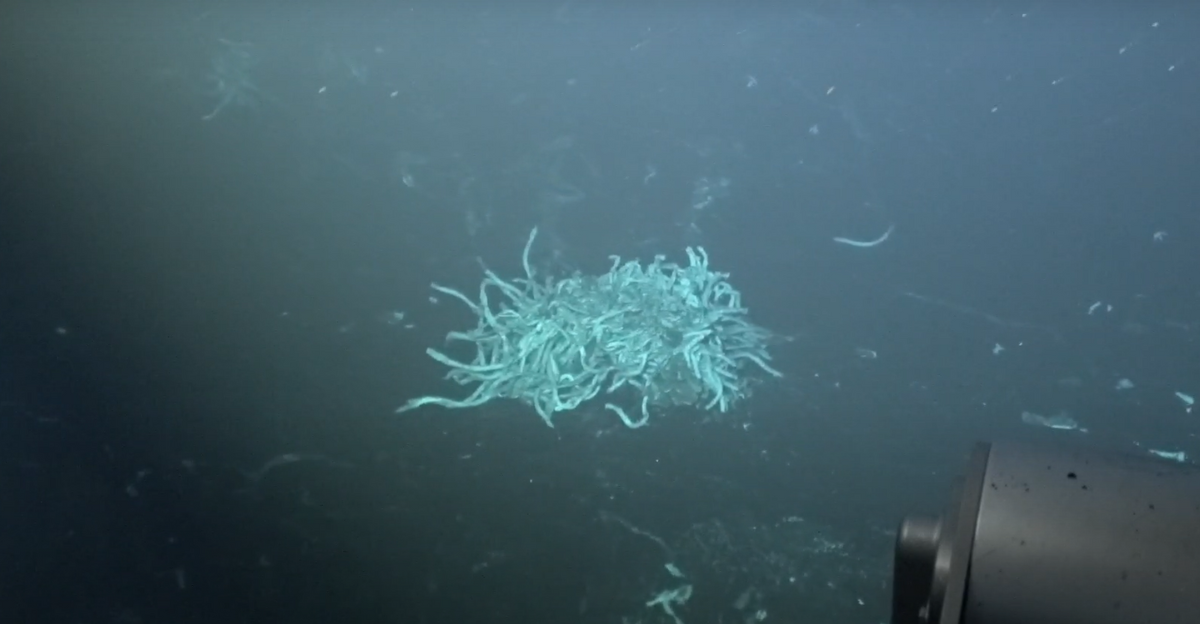
Mid-ocean ridges are underwater mountain ranges formed along divergent tectonic plate boundaries, where the Earth’s plates slowly pull apart. This spreading allows molten rock from the mantle to rise and erupt as basaltic lava, creating oceanic crust in a continuous process known as seafloor spreading.
These ridges, which stretch over 40,000 miles globally, are the site of most of Earth’s volcanic activity. This volcanic activity also drives hydrothermal systems that support unique deep-sea ecosystems, making mid-ocean ridges critical to understanding Earth’s geology and ocean life.
The Research Expedition and Equipment Used
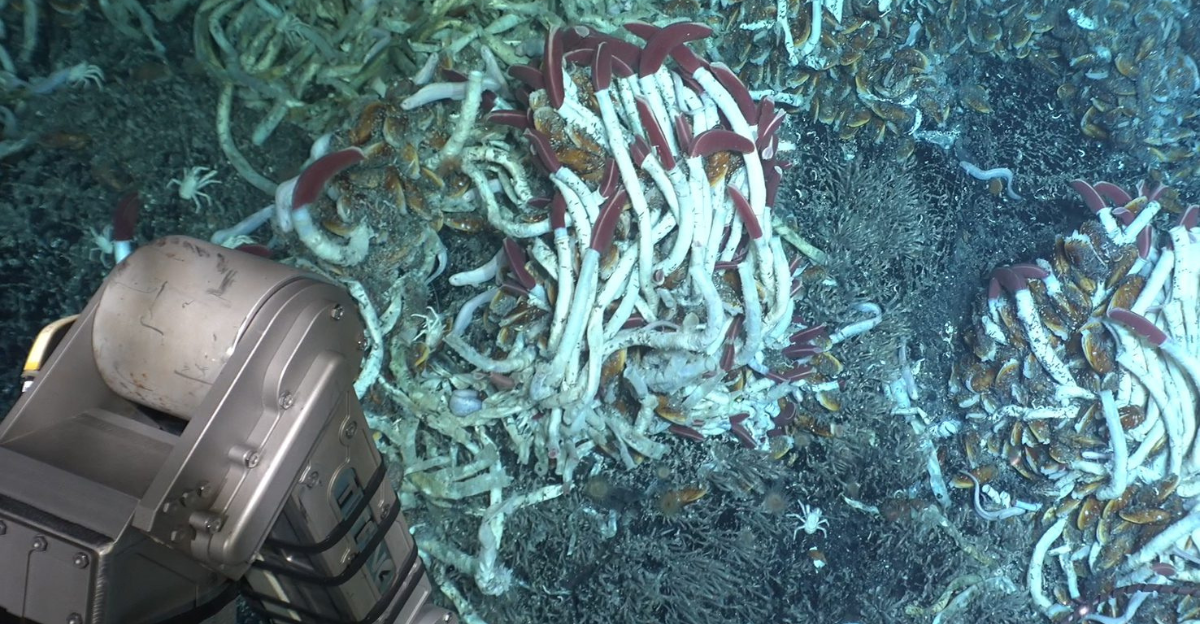
Scientists, including University of Delaware Professor Andrew Wozniak, descended nearly 1.6 miles underwater in the human-occupied submersible Alvin, operated by Woods Hole Oceanographic Institution. Alvin’s advanced capabilities allowed the team to witness the eruption firsthand at the East Pacific Rise, about 1,300 miles west of Costa Rica, a site studied since 1991.
The expedition was planned to study hydrothermal vent systems and their influence on ocean chemistry and deep-sea ecosystems. Equipped with sensitive instruments and sampling tools, the team carefully monitored rising temperatures and volcanic activity before safely retreating, while hydrophones on the ship recorded the eruption’s acoustic signals.
Visual and Environmental Changes During the Eruption
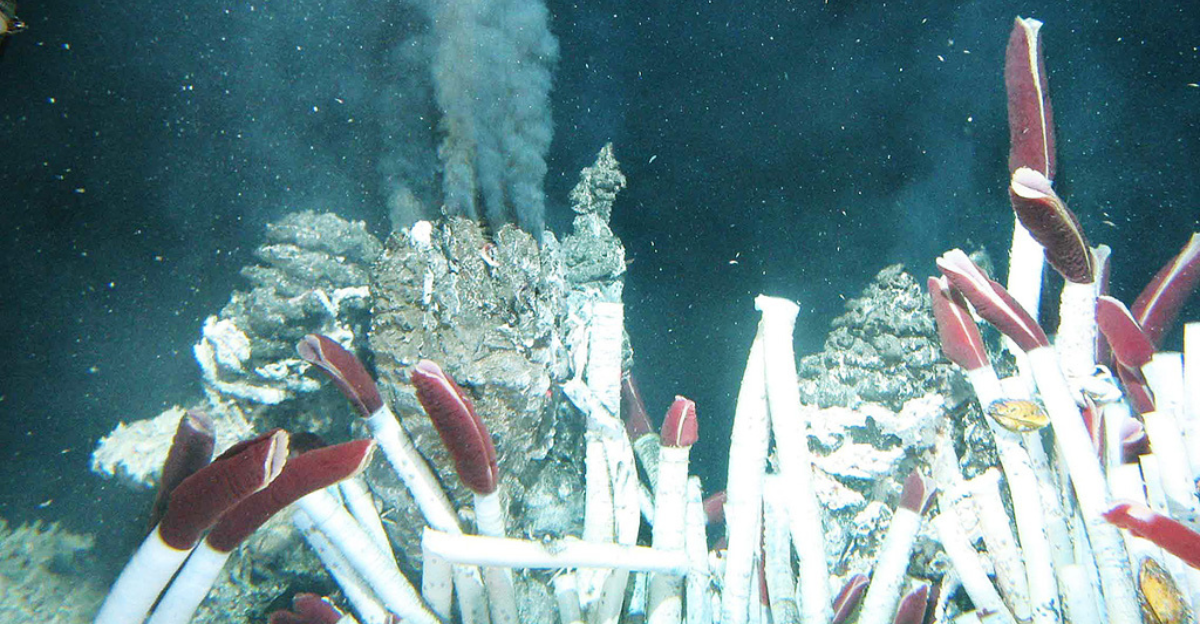
Scientists observed dramatic visual and environmental changes on the seafloor during the eruption at the East Pacific Rise. Fresh basaltic lava flows, some less than a meter thick, rapidly covered existing landscapes, including dead tubeworm colonies, creating a stark scene of destruction and renewal. “We have temperature limits to ensure the safety of the sub and its occupants,” said Alvin pilot Kaitlyn Beardshear.
“When we saw an orange shimmering glow in some of the cracks, it confirmed that a volcanic eruption had taken place and was still actually underway. I kept a close eye on the temperature as we were traveling, and it kept climbing higher until I decided it was a good idea to leave before we reached the limit.”
Hydrophone Detection of the Eruption
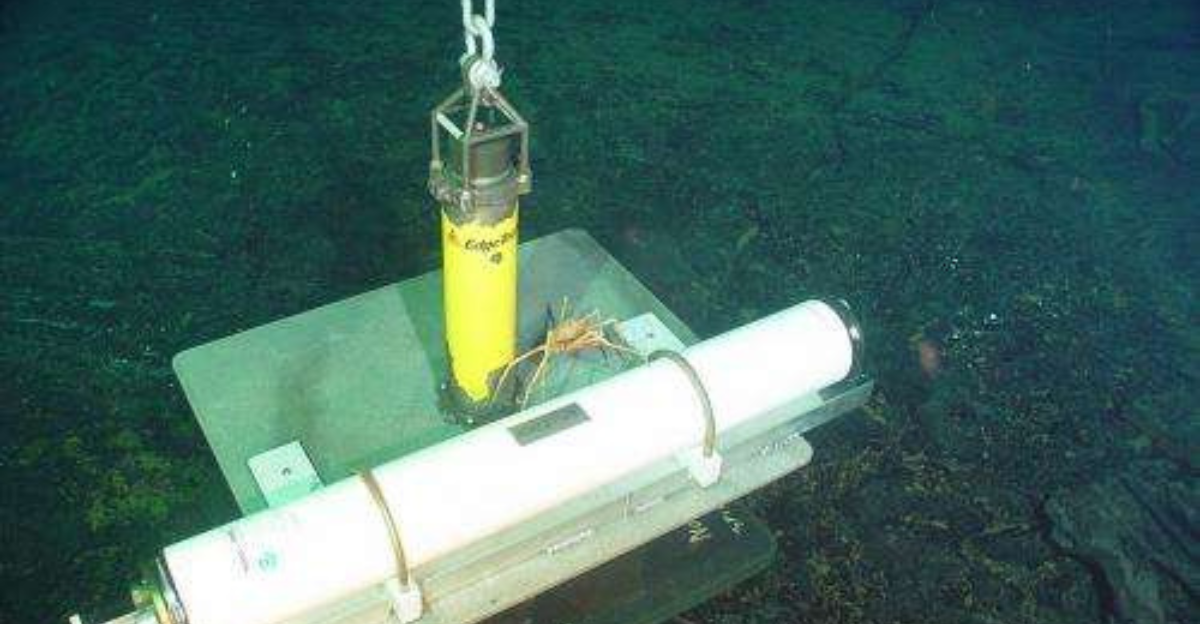
These sensitive underwater microphones captured distinctive acoustic signals generated by the interaction of lava with seawater, providing real-time evidence of the eruption even before the submersible reached the site. The hydroacoustic data recorded the characteristic low-frequency sounds of volcanic activity, allowing scientists to remotely monitor the eruption’s intensity and duration.
“We were able to very carefully maneuver our sensors and sampling bottles to within meters of the space occupied by the Tica vent structure and its biological community just a day earlier,” said Sunita Shah Walter, Assistant Professor at the University of Delaware.
Why This Observation Is So Important
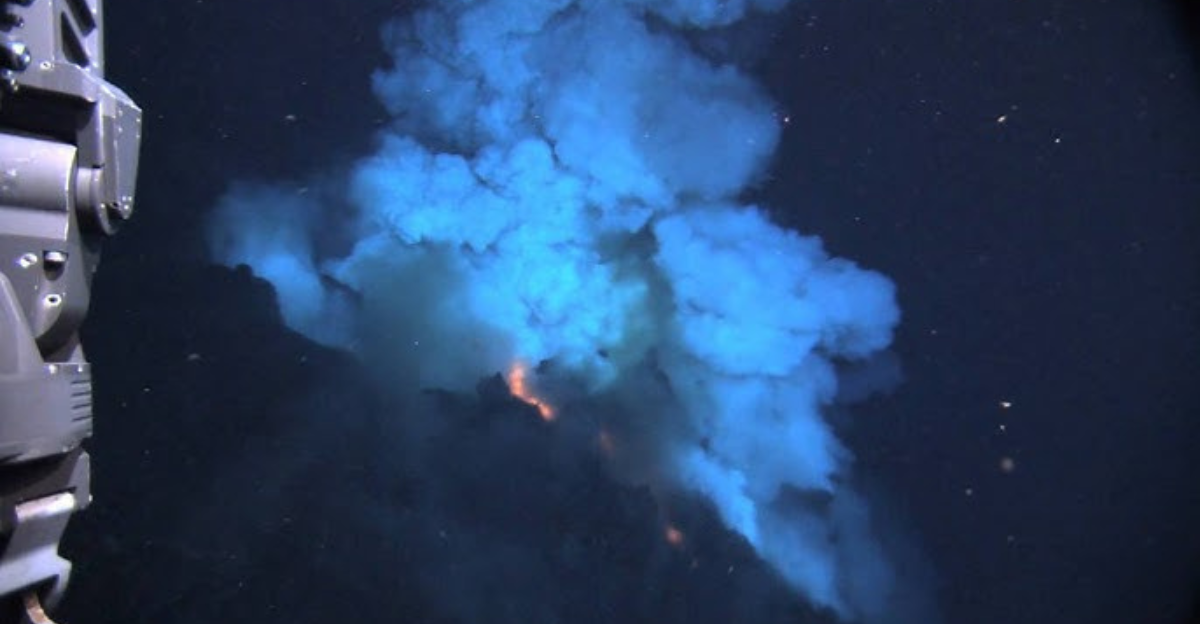
Only three underwater eruptions had been documented prior to this event, and that was well after the eruption happened. Capturing this event allowed scientists to study the immediate geological and ecological impacts of seafloor eruptions, including changes in hydrothermal vent systems and the disruption and recovery of deep-sea ecosystems.
It also validated and enhanced predictive models of volcanic activity at spreading centers, offering insights into how new ocean floor is created and how life adapts to these extreme environments.
Historical Context of Deep-Sea Eruptions
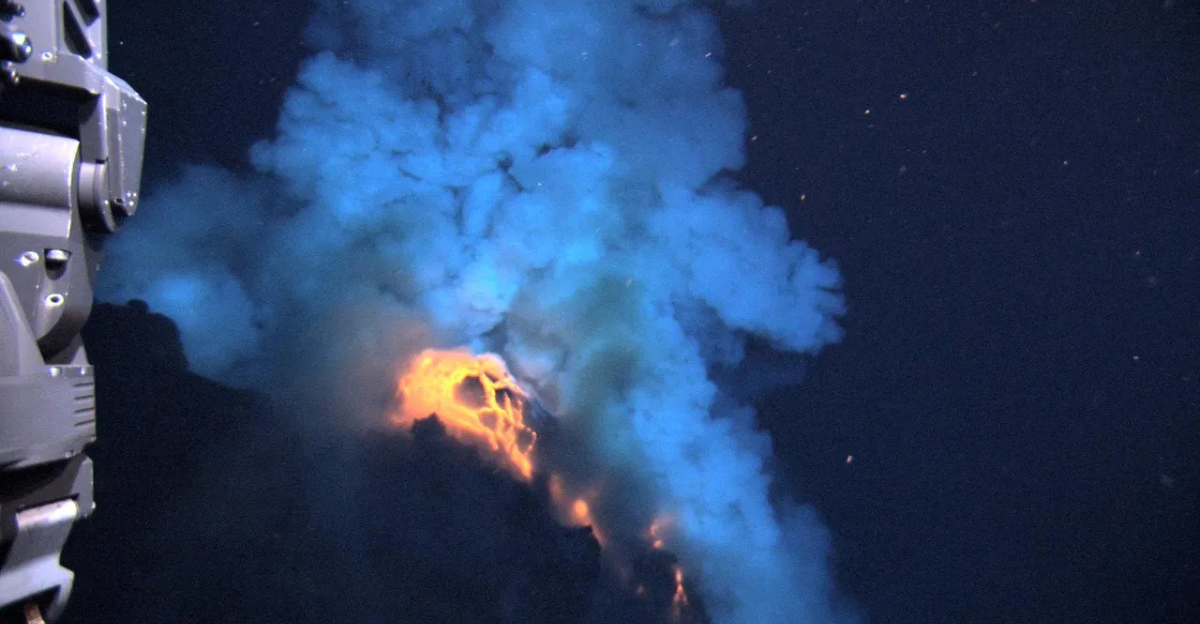
Observations of these underwater eruptions have historically been rare due to the challenges of accessing and monitoring the deep ocean, often located far below sea level. Over the past 25 years, technological advances like submersibles, remotely operated vehicles, and hydrophone networks have gradually improved detection and study of these events, revealing their sizes, durations, eruption styles, and environmental impacts.
Despite this progress, much of our understanding still comes from indirect evidence and geological records. Recent direct observations, like this one, are especially valuable for contextualizing deep-sea volcanism within Earth’s broader volcanic history.
How Eruptions Influence The Ocean Chemistry and Ecosystems
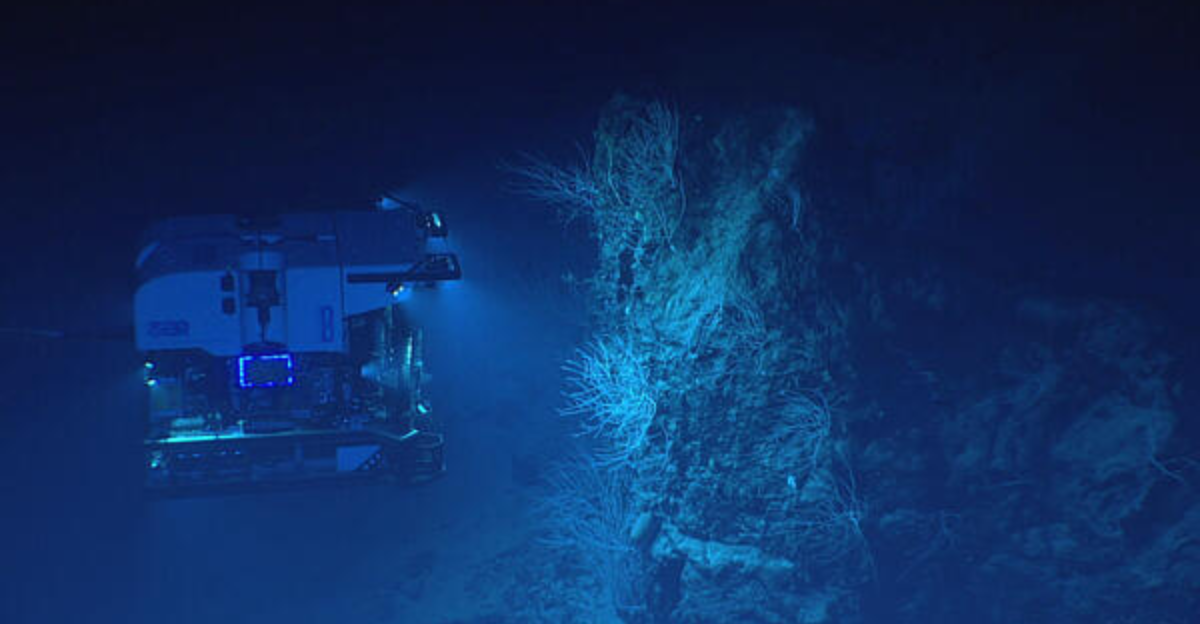
Volcanic eruptions along mid-ocean ridges significantly alter ocean chemistry by releasing large amounts of gases like CO₂, sulfur compounds, and iron into the surrounding seawater. These emissions cause rapid acidification, lowering pH levels and disrupting the carbonate system, which can threaten marine organisms that rely on calcium carbonate for their shells and skeletons.
At the same time, volcanic activity injects essential nutrients such as iron, phosphorus, and nitrogen into the ocean, which can fertilize the ocean and stimulate the recovery and growth of marine ecosystems after initial destruction.
Comparison with Previous Underwater Eruptions
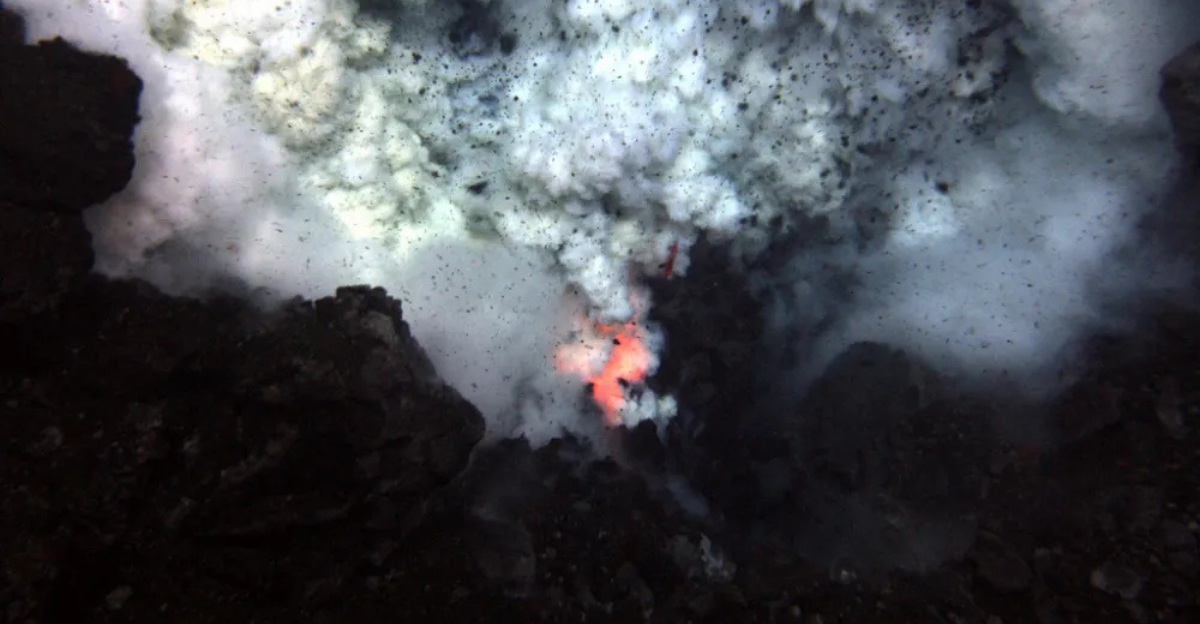
Compared to previous underwater eruptions, the recent direct observation at the East Pacific Rise was smaller in scale but unprecedented in its real-time visual documentation. Historic eruptions like the massive Kikai-Akahoya event off Japan 7,300 years ago expelled over 80 cubic miles of material, dwarfing most modern eruptions. The 2022 Hunga Tonga eruption was notable for its explosive power and atmospheric impact, displacing vast volumes of seawater and creating tsunamis.
Unlike these large, often explosive events detected mainly through remote sensing and geological records, the East Pacific Rise eruption was documented up close by submersibles and hydrophones, giving detailed insights into lava flow dynamics and ecological effects at a mid-ocean ridge.
Future Research and Monitoring
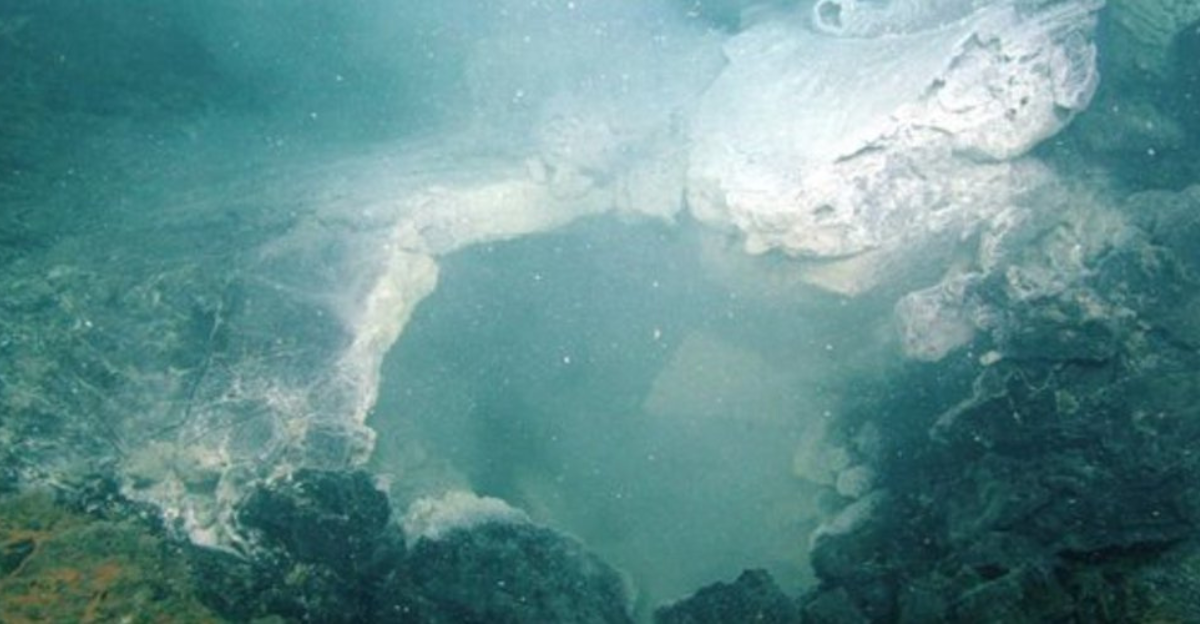
Future research and monitoring of deep-sea volcanic eruptions will increasingly rely on advanced technologies like remotely operated vehicles (ROVs), autonomous underwater robots, and real-time acoustic monitoring via hydrophones. International efforts, like those led by the UK’s National Oceanography Centre and NOAA, aim to improve forecasting by studying fluid circulation beneath submarine volcanoes and mapping magma pathways, which influence eruption explosivity and hazards.
These developments will help scientists better predict eruptions, assess risks to coastal communities and infrastructure, and understand the ecological impacts of underwater volcanism.
Explore more of our trending stories and hit Follow to keep them coming to your feed!

Don’t miss out on more stories like this! Hit the Follow button at the top of this article to stay updated with the latest news. Share your thoughts in the comments—we’d love to hear from you!







